It is difficult to believe that, at one point in time, Tucson was a small, inactive desert town. However, those days are long gone and real estate prices have continued to increase as more and more people who own second homes come to the area for a milder winter climate. New businesses and restaurants are always opening. Winter resorts fill up months in advance as Midwesterners who are sick of the cold come to the Southwest for the sunshine.
As tourism rates continue to grow, so do the prices of local resorts, attractions, and eateries. However, there are still many free activities and sights available in Tucson due to its location in the Sonoran Desert. If you are an ardent hiker, cyclist, and in general, a lover of nature, you will have no dearth of fun, free recreational activities.
While in Tucson, Arizona, be sure to check out some of these free activities:
1. Gene C. Reid Park
The park was originally named Randolph Park but was later renamed Reid Park in 1978 after the city’s first Park Director, Gene C. Reid. This large urban park is essential to the city, spanning 131 acres and offering covered ramadas, baseball fields, and picnic areas. If you’re feeling sporty, the park also has a bike trail. Or, for some peace, you can visit the rose garden and duck pond.
The DeMeester Outdoor Performance Center is a known event venue inside the park that is perfect for hosting a variety of events. You can also find other attractions such as Randolph Tennis Center, Reid Park Zoo, and Hi Corbett Field. Pets are also welcome to Reid Park, so you can bring your furry friend along for a fun day out!
2. Barrio Viejo
Barrio Viejo is a historic neighborhood in Tucson, Arizona that is home to a diverse community with a rich history. The area has experienced many changes over the years, reflecting the varied experiences of living in Arizona. The area has a history dating back to the 19th century and is still populated with homes and commercial buildings despite extensive urban redevelopment during the 1960s and 1970s. Many of these original structures are still standing.
This attraction is located south of the Convention Center in Downtown Tucson. Families have preserved the vintage architectural styles here, making it a good place to take pictures. In 1971, Kelley and Sally Rollings put money into fixing up and rebuilding the adobe homes, which are usually called Pueblo-style homes. This made them popular again. This historic neighborhood is full of character and has something for everyone. Be sure to check out the local shops and restaurants, and take a stroll through the beautiful streets.
3. Turquoise Trail
Tucson’s Turquoise Trail is a two-and-a-half-mile loop containing historic sites and structures. It is a public art walk in Tucson, Arizona. The Presidio Museum’s board members formerly created a turquoise stripe that marks the sidewalk of this trail, from which the trail derives its name. The area features murals and parks such as the Mainly Murals, Downtown Public Art, and Armory Park.
The Presidio Museum, established in 1775, is the perfect place to start if you want to see all the attractions this place has to offer. It is located just northeast of the first Presidio San Agustin del Tucson. The Turquoise Trail is a popular tourist destination in Tucson, Arizona. It is known for its rich history and abundance of turquoise. Visitors can find brochures detailing the area at popular locations such as the Hotel Congress, Visit Tucson Visitors Center, and AC Marriott Hotel.
4. El Tiradito Wishing Shrine
The story of El Tiradito dates back to the early days of Barrio Viejo. The story goes that a manual worker named Juan Oliveras had an affair with his wife’s mother, and when they were caught, Oliveras was killed. This event sparked the shrine, which commemorates his memory.
This grotto is one of the first, if not the only, Catholic shrines in the United States dedicated to a sinner’s memory instead of a saint’s. This shrine is a reminder that even sinners can be forgiven and have their memories honored.
For nearly a century, El Tiradito has transformed into a wishing shrine where visitors leave tributes, letters, photos, and candles. It is said that your wish will come true if your candle burns through the night. El Tiradito can be found near a city mural in the Barrio Viejo neighborhood.
5. Historical Southern Arizona Transportation Museum
The origins of the Southern Arizona Transportation Museum date back to 1907 when it was established as part of the American settlement of the West. The museum began as a train depot for the Southern Pacific Railroad, located on Toole Avenue.
The building was later bought by the city, restored to its 1940s style, and turned into a museum in 1998. The museum’s collection of ancient locomotives and trolleys is quite impressive, including trolleys from Old Pueblo Trolley, Inc., an authentic steam locomotive from Southern Pacific, and the 2-6-0 Mogul #1673.
The Southern Arizona Transportation Museum is a great place to learn about the history of locomotives while having fun.
6. W. Anne Gibson-Esmond Station Library
The W. Anne Gibson-Esmond Station Library is, as the name suggests, in the Esmond Station Regional Park. The library itself spans 8,000 to 9,000 square feet and has a meeting room that can be opened outdoors. This makes for a perfect place to relax with a good book while enjoying the fresh air and scenic views. The library, which was named after the area’s historical importance, was designed to be more flexible and accommodating to its visitors, with movable furniture and shelving.
Anne Gibson was the one who started the process of bringing the library to Vail. This was a great benefit to the area as it gave people more access to books. Troy Neiman, a local metal artist, also did his part in providing for the community. He created a long steel plate that featured a timeline of local culture, history, and desert animals and plants in Vail.
The W. Anne Gibson-Esmond Station Library has a comprehensive collection of books written by Frank De La Cruz on the culture, history, and traditions of the United States and Mexico Borderland. These books provide valuable insights into the customs and beliefs of the people who live in this region, as well as their struggles and triumphs. In addition to these, there are many other interesting reading materials available at the library.
7. Trail Dust Town
Trail Dust Town, built in 1961, has become a favorite spot for Tucson residents to reminisce and remember fond memories. Pinnacle Peak Steakhouse has been a mainstay in the town since it opened in 1962, providing various ranch hands and cowboys with great steak and beer.
After the steakhouse was rebuilt, it became more popular than ever and changed the town. The town’s transformation from a place with only restaurants and shops to an entertainment destination took place in the mid-1990s. This was a big change for the town and it made it much more fun and exciting for everyone.
The area was improved with the addition of amusement rides, such as an old-fashioned carousel, a Ferris wheel, the Polly Anna Park, and the C.P. Huntington Railroad which provides entertainment for all visitors. Trail Dust Town holds many events throughout the year that are perfect for family fun. One can take a step back in time while enjoying the unique shops and restaurants at this one-of-a-kind destination located at Tanque Verde Road.
8. Tumamoc Hill
If you are looking for a more challenging hike, Tumamoc Hill is the perfect trail for you. This five-kilometer-long paved trail is located on an 860-acre ecological reservation and provides a great workout.
The University of Arizona College of Science and Pima County jointly manage the reservation as a desert laboratory. The local O’odham nations referred to this hill as Cemamagi Du’ag, meaning ‘horned lizard mountain’, because of its similarity in shape to the reptile. The university and county have worked together to create a space where research and education can take place in order to better understand and conserve this unique ecosystem.
The O’odham people have a strong connection to the land at the research station, which has been in existence for over two thousand years. The station holds great significance to their culture and ancestry.
The university invites guests to take the paved trail to hike to the top of Tumamoc Hill, which can be a challenging climb that takes at least an hour and a half. If you are up for the challenge, explore this unique spot located west of downtown Tucson.
9. Chuck Huckelberry Loop
The Chuck Huckelberry Loop, a 131-mile paved trail, came in first place on USA Today’s 10 Best Readers’ Choice list for recreational trails in 2022. This scenic trail offers visitors stunning views of the Sonoran Desert and the city of Tucson, Arizona. The Loop is perfect for walking, biking, or rollerblading, and is a great way to experience all that Tucson has to offer.
The Loop started as a flood control project after a devastating flood in 1983. In 2018, they expanded the Loop into one continuous stretch creating an excellent network of paths.
The trail is available for the public to do activities such as cycling, running, skating, walking, and even horseback riding if you have your horse with you! Connected to trailheads, parks, and farmer’s markets, this trail located north of Tucson gives you easy access to the city.
The Chuck Huckelberry Loop is a great place to enjoy an active day.
10. Center for Creative Photography
One of the world’s leading research centers and academic art museums devoted to photography is the Center for Creative Photography. It was established in 1975 on the grounds of the University of Arizona.
The museum started with the archives of five renowned photographers: Harry Callahan, Ansel Adams, Aaron Siskind, Frederick Sommer, and Wynn Bullock. Since then, it has continually expanded its collection to comprise over 110,000 works by more than 2,200 photographers.
The museum holds over eight million collections of archival objects, including negatives, work prints, writings, albums, and memorabilia. Some pieces from famous North American photographers such as Garry Winogrand, Lola Alvarez Bravo, and W. Eugene Smith are also in the museum.
The Center for Creative Photography provides a deepened understanding of photography and its impact on society. They achieve this by exploring the intersection of art, history, and technology.
11. Performances on 2nd Saturdays
The second Saturday of every month features good music and performances in Downtown Tucson. Be sure to enjoy the various events happening then! This series of events, which always features street performers, food trucks, different musicians, and local vendors, is enjoyed by people of all ages.
Local bands playing on Congress Street fill the area stretching from Toole Avenue to Church Avenue with music and activity. The first monthly street festival in the city took place in May 2010 on Congress and Scott Avenue Streets. Since then, local bands such as Imogen Rose, Asphalt Astronaut, and Toros have performed there.
12. San Xavier Del Bac Mission
The San Xavier Del Bac Mission is a National Historic Landmark located just nine miles south of Downtown Tucson at Interstate 19. Father Eusebio Kino, a Catholic priest, founded the church in 1692. It is one of the oldest European structures in the state. The mission he established was one of many that he founded in the area; however, this particular site has remained an important religious and historical landmark for centuries.
Construction of the church began in 1783 and was completed in New Spain 14 years later. The church still houses the statues and mural paintings from its construction. This creates an atmosphere from that period, which is very unique and special.
The current church architecture at San Xavier del Bac is unique compared to other historic Spanish missions; the O’odham laborers who built it did so using European methods. The beautiful Spanish colonial features of the mission are definitely worth seeing.
13. Glass at Philabaum Glass Gallery
The Philabaum Glass Gallery is Southern Arizona’s only gallery that specializes in glassworks. With over 50 nationally recognized artists, it is one of Tucson’s hidden gems. It features artful jewelry, contemporary sculptures, glass vases, stemware, and platters.
Situated in Southern Downtown Tucson, Philabaum Glass Gallery has been a fixture since 1982. It was then that Tom Philabaum, father of the American Studio Glass Art Movement, took charge. The gallery showcases a variety of glass artworks, making it the only one of its kind in the area. Visitors can admire the remarkable creations on display and even purchase them for their own collections.
To celebrate their 40th anniversary in 2022, they are honoring five classic Arizona glass artists by displaying their work. The featured artists are Carole Perry, Tom Philabaum, Louis Via, Dan Enwright, and Michael Joplin.
These artists are renowned for their creative and innovative glass art
14. Tucson Mountain Park
Tucson Mountain Park is a large natural resource area managed by a local government, spanning around 20,000 acres. The park was set up in April 1929 under the management of the Pima County Parks Commission and its chairperson, C.B. Brown.
This place is popular among hikers, mountain bikers, and horseback riders because of its 62-mile trail, which also provides a good range of outdoor activities and experiences. The Gate Pass within the park is an experience that gives you access to view historic structures and interpretive displays. This pass allows you to explore and learn more about the history of different structures, while also providing insight into how they were used.
You can also have a picnic and view wildlife throughout Tucson Mountain Park. Tucson Mountain Park is full of beautiful landscapes and interesting wildlife for you to explore. Pack lunch and spend a day in the park!
15. Cactus and Succulents at B&B Cactus Farm
BB Cactus Farm is a desert plant nursery that offers a wide variety of cacti, perfect for anyone looking to add some life to their home décor.
In 1981, Bob and Beverly White started their farm by growing native plants and selling them from their home. Today, the farm has expanded to include greenhouses, garden art, pottery, and fully landscaped gardens open to visitors. By expanding their business, the Whites have been able to share their love of gardening with even more people.
The nursery has been in business for 30 years and specializes in cacti and succulents from all over the world. People are fascinated by the different types of cacti and succulents, so they visit the nursery to learn more about taking care of these plants. The knowledgeable staff is always available to answer any questions people may have.
This farm is a great place to see how succulents are grown. Visitors are free to explore and see the different ways that these plants are cultivated.

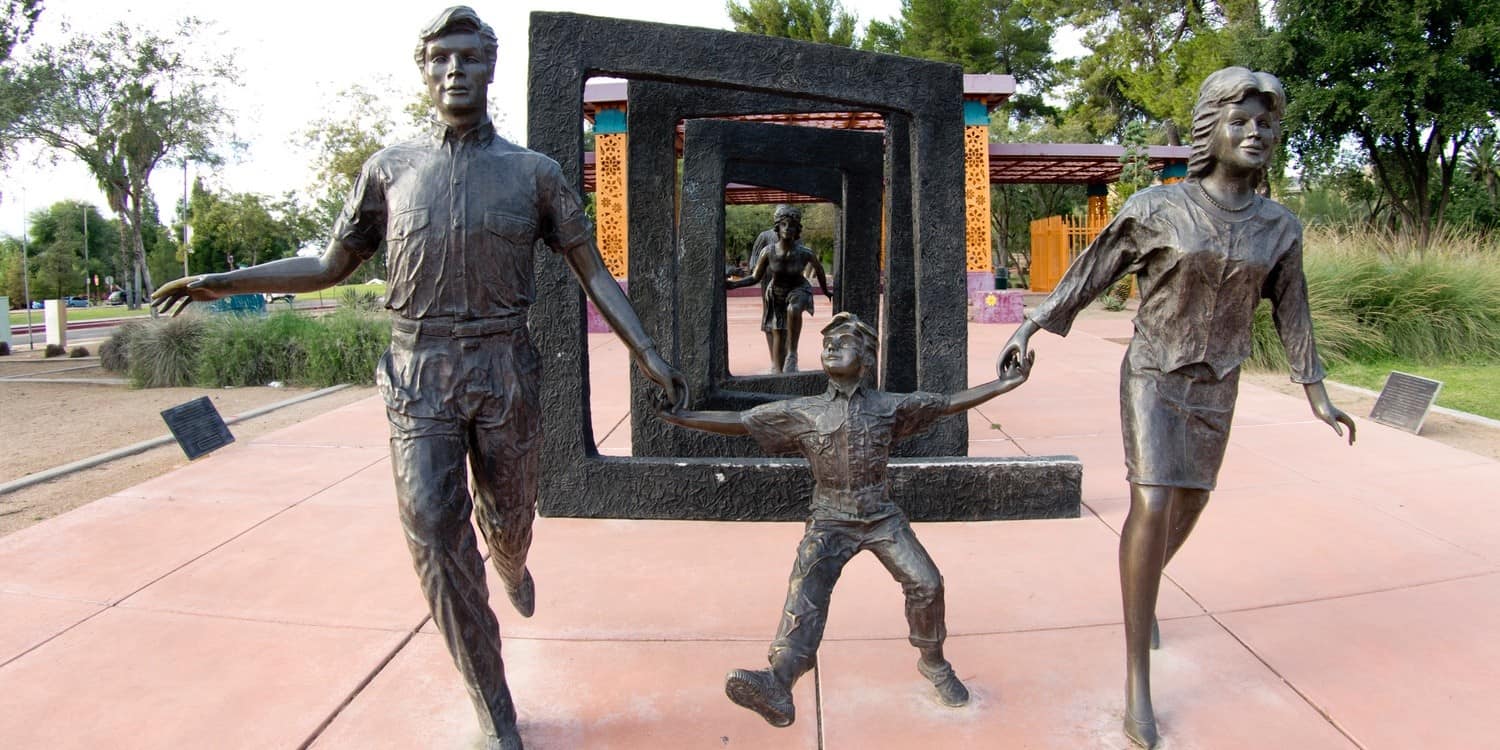
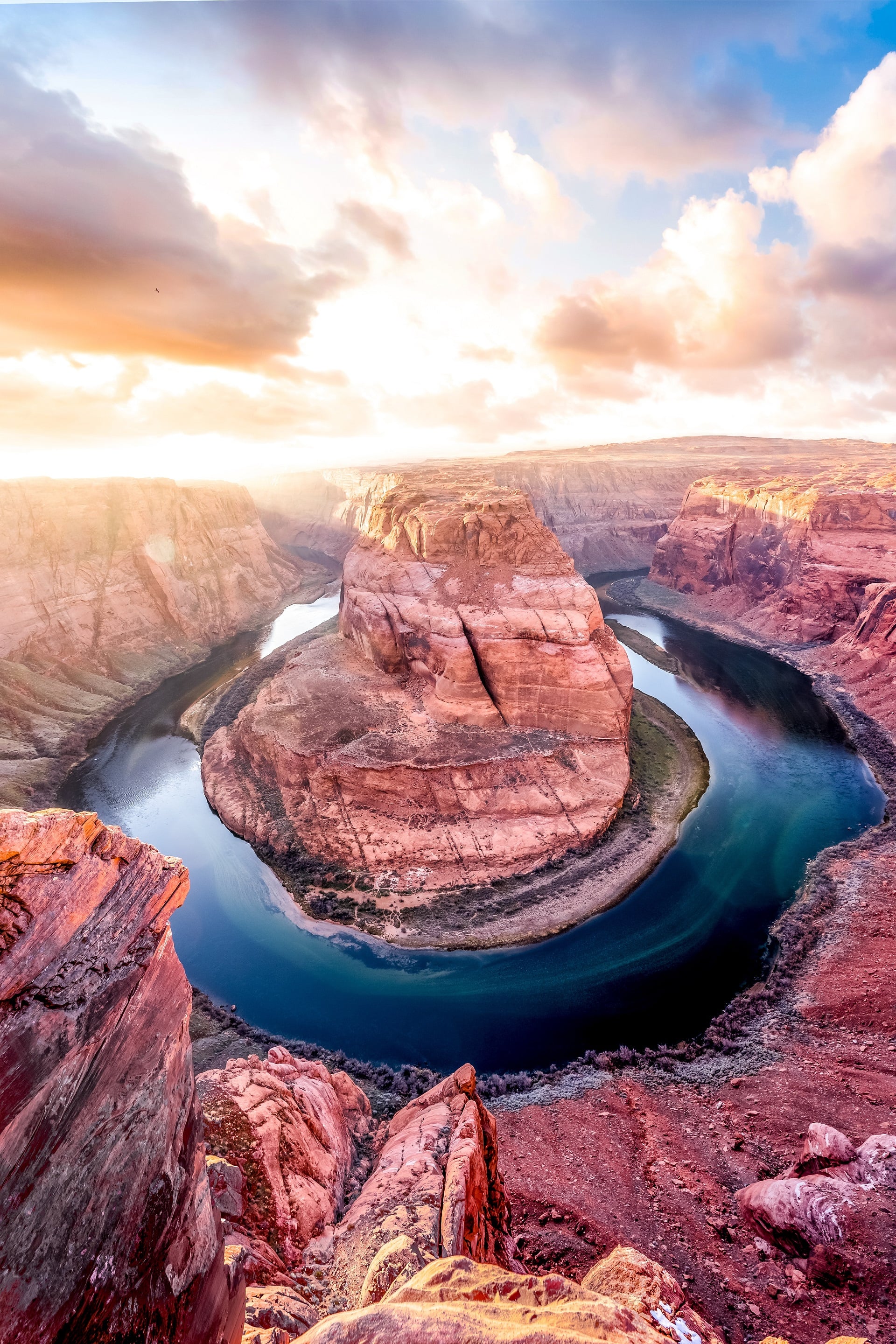
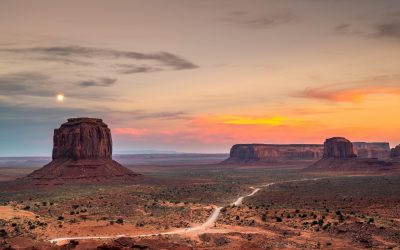
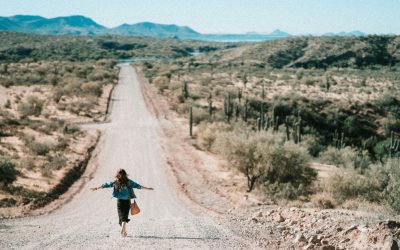
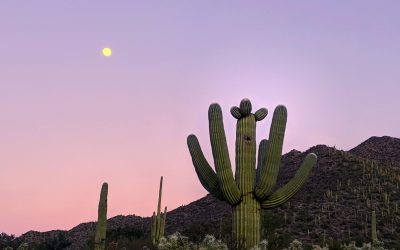
0 Comments